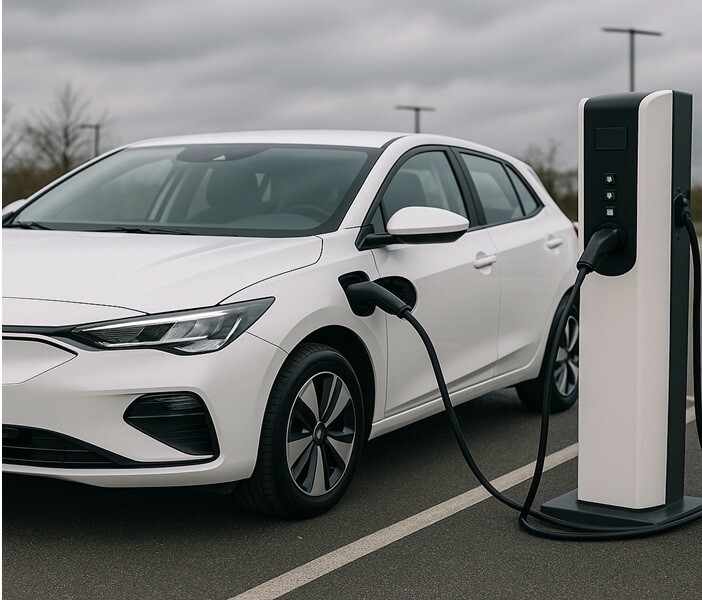

As the automotive industry races toward sustainable mobility, one major challenge persists: the heavy use of rare earth materials in electric vehicles (EVs). These materials, widely used in motors and batteries, come with significant environmental costs, including global warming and ozone layer depletion. But a breakthrough from UK-based environmental engineering firm Ricardo promises a cleaner path forward.

Image for representational purpose
The company has unveiled a prototype electric propulsion motor, dubbed the Alumotor, which eliminates the need for rare-earth magnets and replaces copper with aluminium without compromising efficiency or performance.
A new approach to EV design
While EVs are often seen as eco-friendly, their reliance on rare earths and critical raw materials undermines their sustainability credentials. Ricardo’s Alumotor challenges this model with a 214kW design that achieves over 92 per cent maximum efficiency and removes up to 12 kg of rare-earth magnets. The motor uses aluminium hairpin windings marking a major shift in EV engineering.
Ricardo Automotive and Industrial Technical Authority head Dr Jay Al-Tayie said, “People ask, why aluminium? Because it’s more sustainable than copper, it’s cheaper and more readily available. With the technology we have developed we are able to use it without compromising power density, running at higher voltages and higher temperatures, for example.”
Also read: US auto sales climb as buyers rush to beat tariffs
Currently designed for lightweight vehicles, the Alumotor also offers a cost-effective alternative for OEMs seeking to diversify away from vulnerable material supply chains.
Ricardo PEMD and Transmission Project Engineer Simon Meredith added, “While everyone is electrifying and everyone is going after copper and rare earth magnets, this is a great opportunity for an OEM customer to diversify and not get hit by the price rises that there are going to be.”
Aluminium is becoming a material of choice for automakers due to its lightweight, strength, and recyclability enhancing energy efficiency and vehicle range. By 2025, EVs are expected to use between 360–430 kg of aluminium per vehicle, with total aluminium demand projected to reach 16.2 million tonnes by 2035.
It’s used across body panels, battery enclosures, and electric drive systems, making it a key enabler of safer, lighter, and more efficient EVs. And with Ricardo’s innovation, aluminium could now also power the motor itself bringing the industry one step closer to truly sustainable electric transport.
Responses








